A viral exposé has thrown the VALORANT North America Challengers into disarray, sparking an investigation by Riot Games into alleged match fixing.
What began as one video now highlights longstanding issues in the VALORANT tier two scene, a space once seen as a stepping stone to stardom. Now, it’s under scrutiny for possible systemic vulnerabilities to corruption.
A viral exposé puts VALORANT pro scene’s integrity to the test
North America’s tier two VALORANT competitive scene is under fire, and not the kind that wins matches. A storm of match-fixing allegations has thrown the community into chaos, all brought into the spotlight through a bombshell video by Sean “sgares” Gares posted on May 16, 2025. Riot Games confirmed it had already launched an investigation into suspicious activity earlier that month.
Titled “The Dark Side of Competitive VALORANT,” the exposé doesn’t tiptoe. It dives headfirst into the murky waters of cheating, naming names, detailing offers, and calling out what Gares claims is a “coordinated pattern” of players taking bribes to throw games, a problem that could be endemic in VALORANT NA Challengers and other regional circuits.
The video gained rapid traction across the community, sparking widespread debate across Reddit, Discord, and streaming platforms. Gares didn’t hold back; he directly named Adam “Fair” Elharoun from Blue Otter and Bob “Bob” Tran from FlyQuest RED. Tran has since been benched while Riot continues its investigation.
He also spotlighted a shadowy figure known only as “Bray,” who Gares claims offered large bribes, up to $50,000, to manipulate match outcomes. These claims have not yet been independently verified.
Riot responded swiftly and publicly. Leo Faria, the company’s Global Head of VALORANT esports, confirmed they were already investigating by early May, even before the video dropped.
“We take all allegations extremely seriously,” Faria said in a written statement, adding that Riot had looped in several integrity watchdogs to support the probe: the International Betting Integrity Association (IBIA), Sportradar, and GRID. These aren’t casual collaborators; they’re industry heavyweights when it comes to sniffing out manipulation in both esports and traditional sports.
But for now, there’s one thing missing: hard evidence. That’s where Riot is urging the community to step in. “Whistleblowers play an important role in situations like this,” Faria said. “While we value and encourage community reports, only evidence-based investigations can lead to action.”
Riot also reminded players and fans alike that they can use the VALORANT report player feature to flag suspicious behavior, a small but crucial tool in combating future cases of match fixing.
Still, the damage might already be done. VALORANT’s tier two ecosystem, often hailed as the training ground for future stars, now finds itself facing a crisis of trust. Tyson “TenZ” Ngo, one of the scene’s biggest names, didn’t mince words. He called the tier two environment “an absolutely terrible place” and pointed to the financial instability plaguing lower-tier players as a breeding ground for risky behavior.
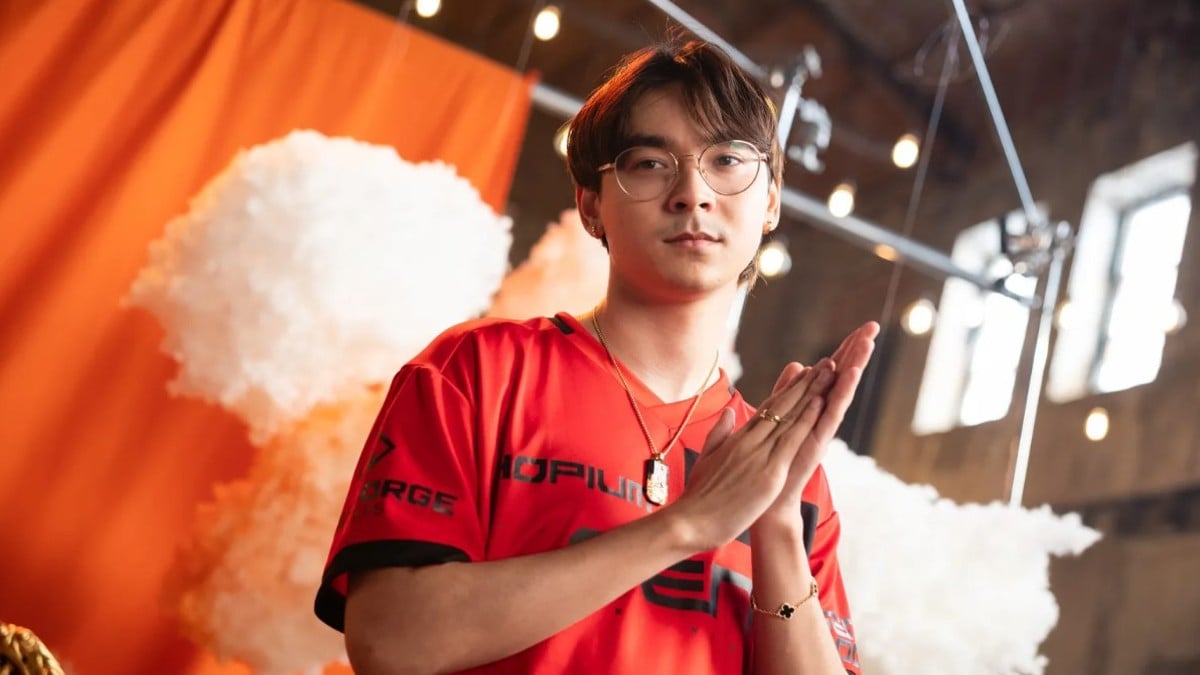
And he might have a point. Unlike the glitz and scheduling consistency of tier one (aka the VCT), where the schedule is tight and supported by sponsors, tier one is often a grind with little reward. The temptation to take a quick payout, especially when it comes with anonymity and zero certainty of getting caught, can be dangerously enticing. For some players, this darker corner of the game starts to feel like their only option—a sort of dark VALORANT that operates parallel to the official circuit.
For Riot, the road ahead is steep. Cleaning up the scene means not only investigating this specific scandal but also addressing the broader structural issues that allow bad actors to find leverage in the first place. The company says it will provide updates as the investigation unfolds.
But trust, once broken, takes time and transparency to rebuild.


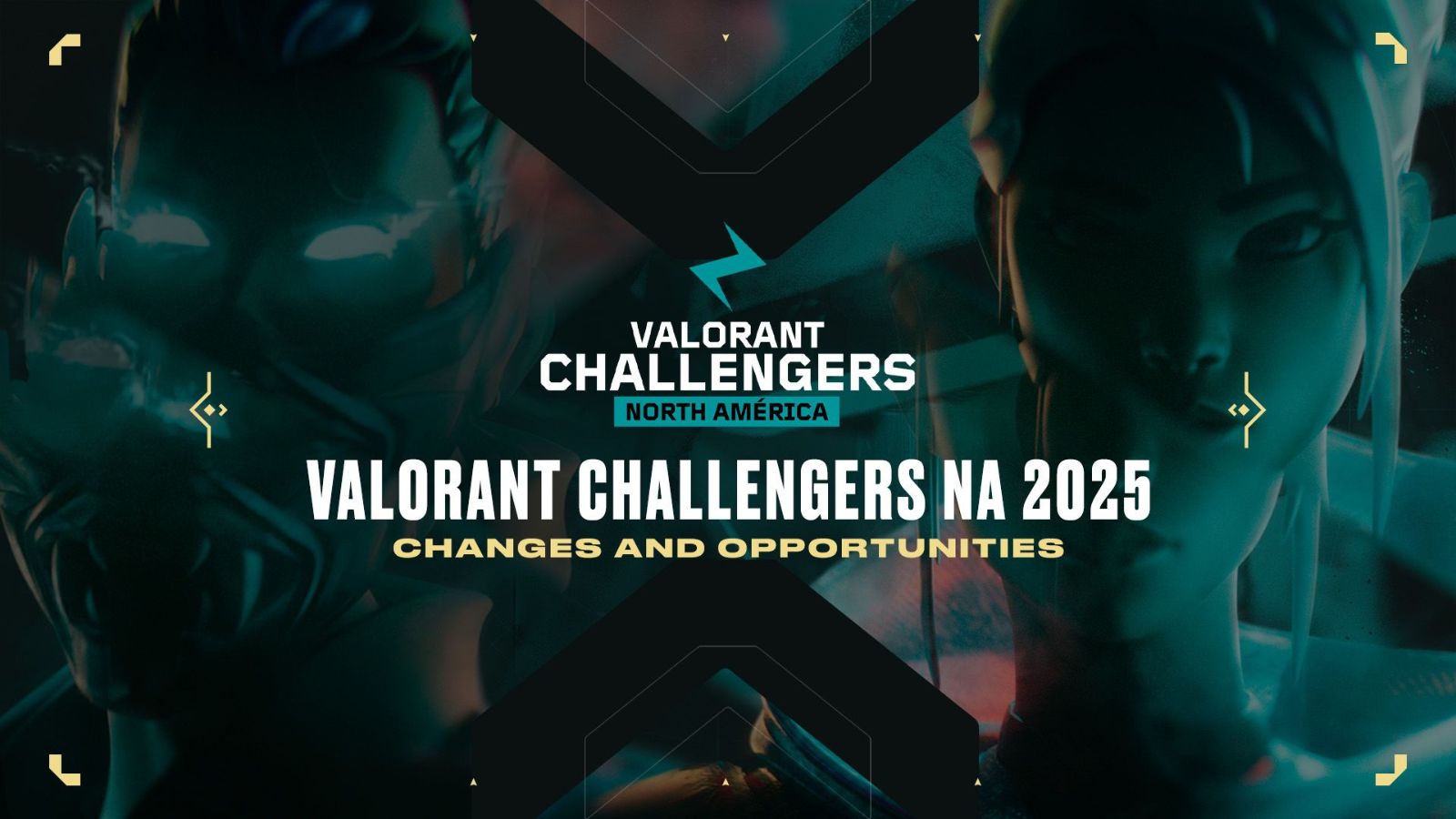
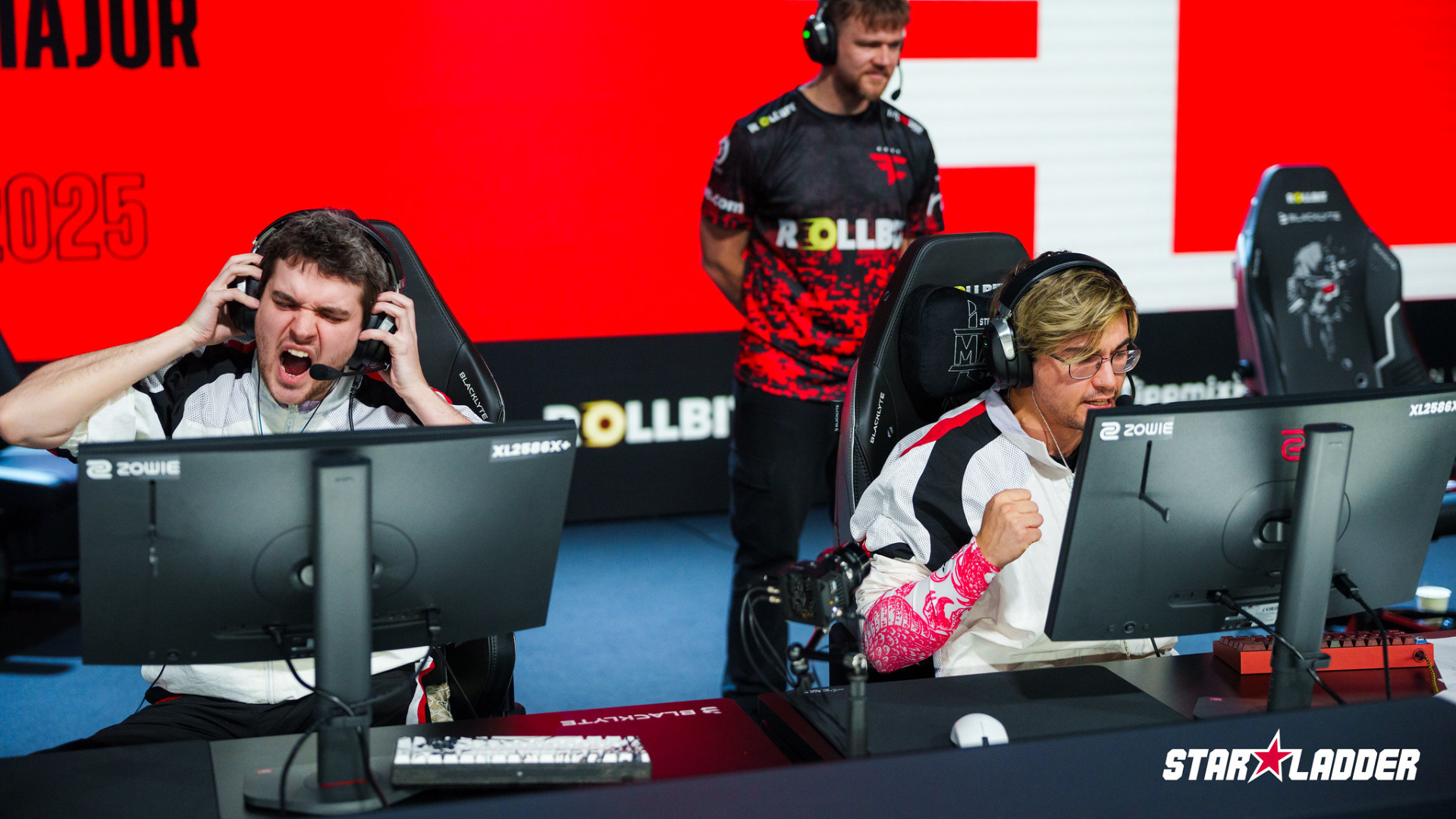
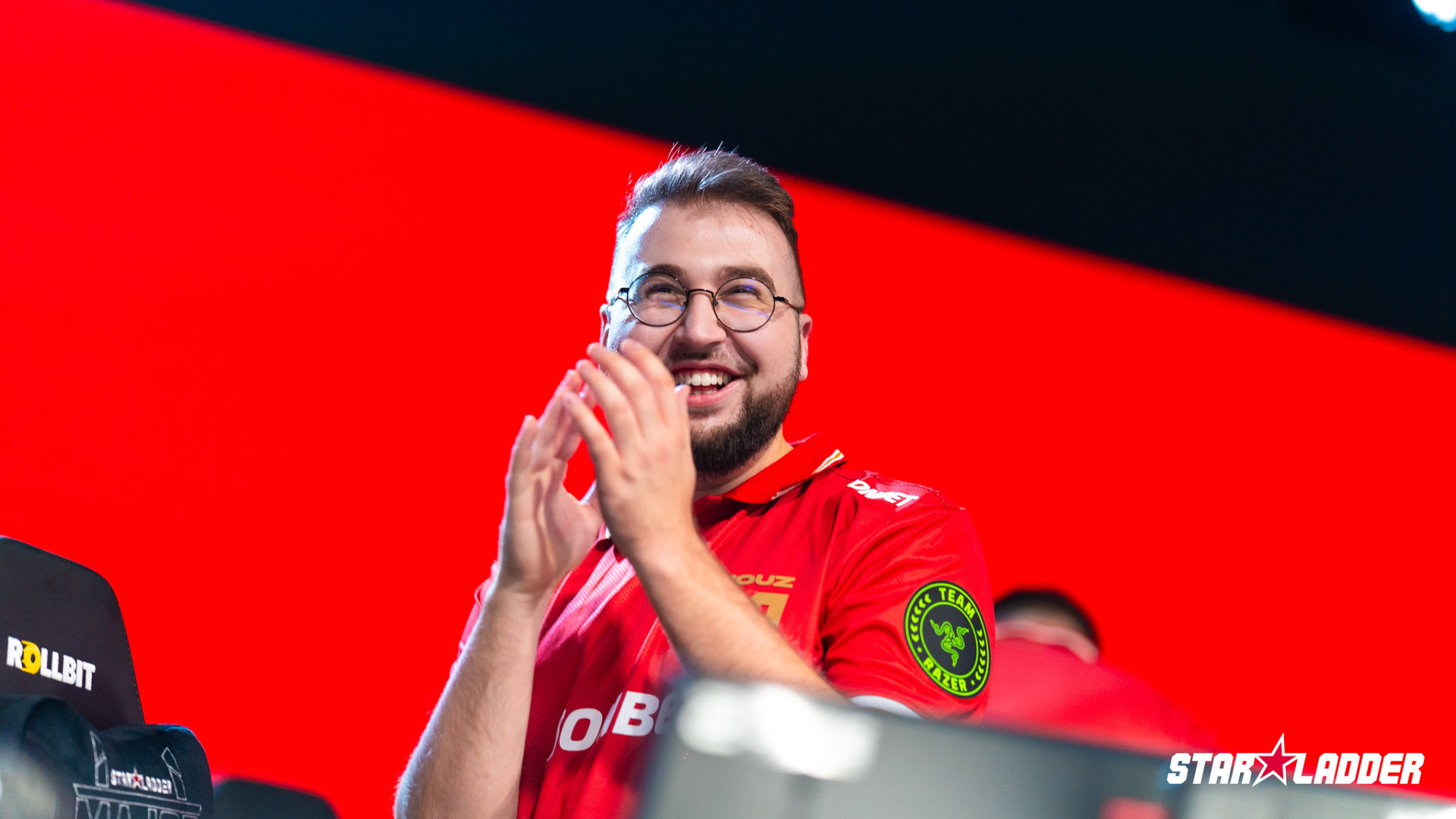
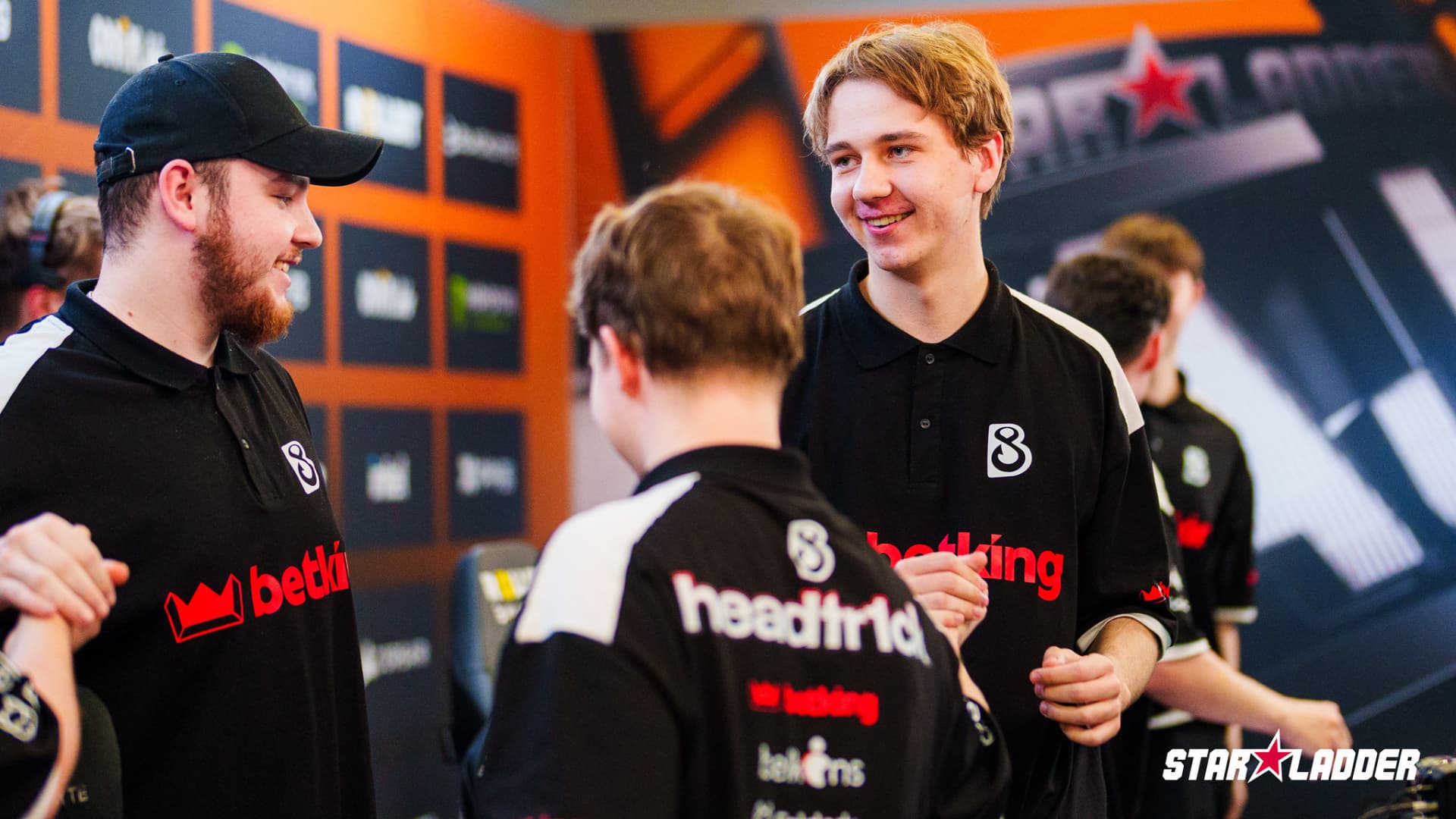
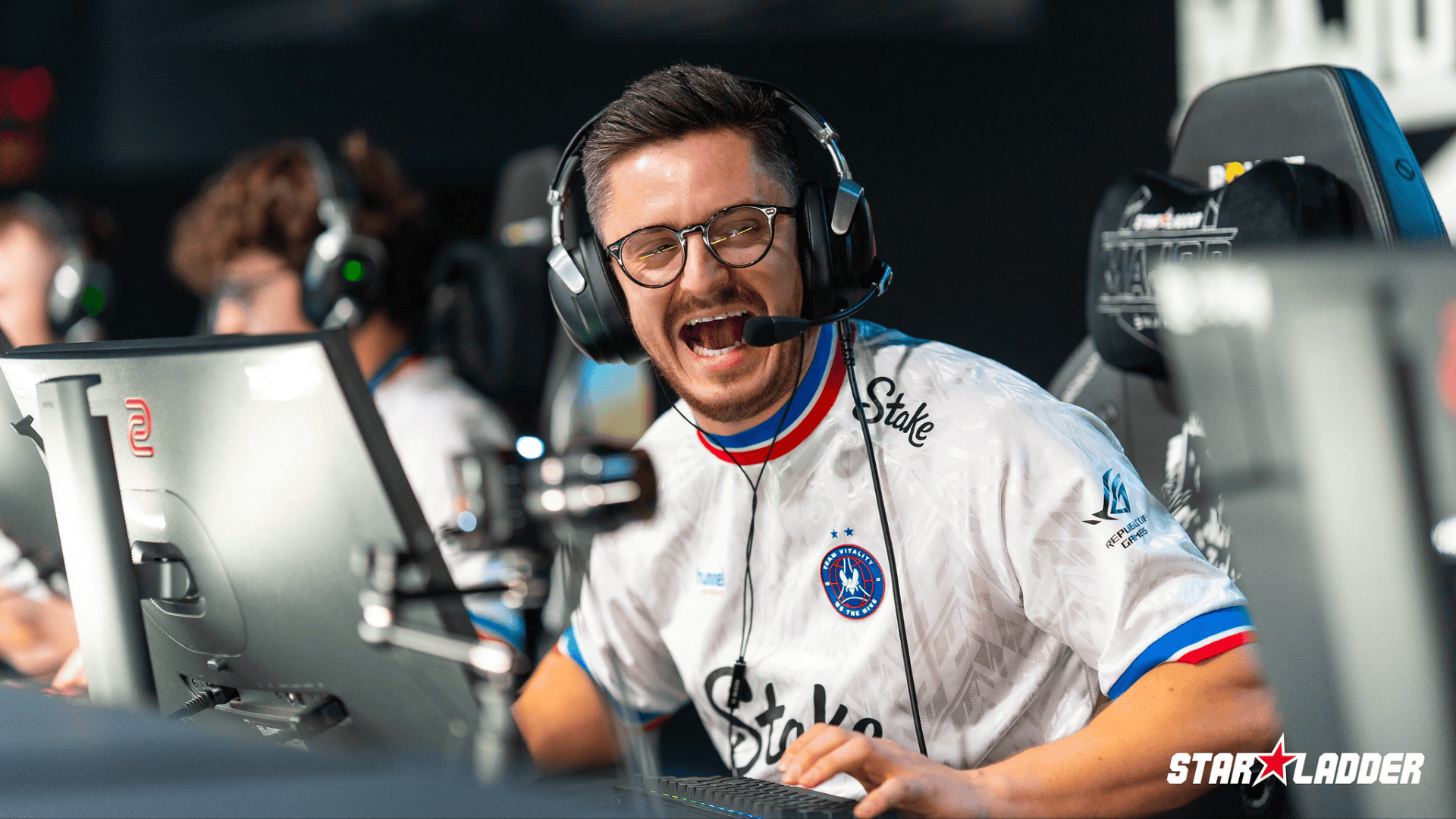
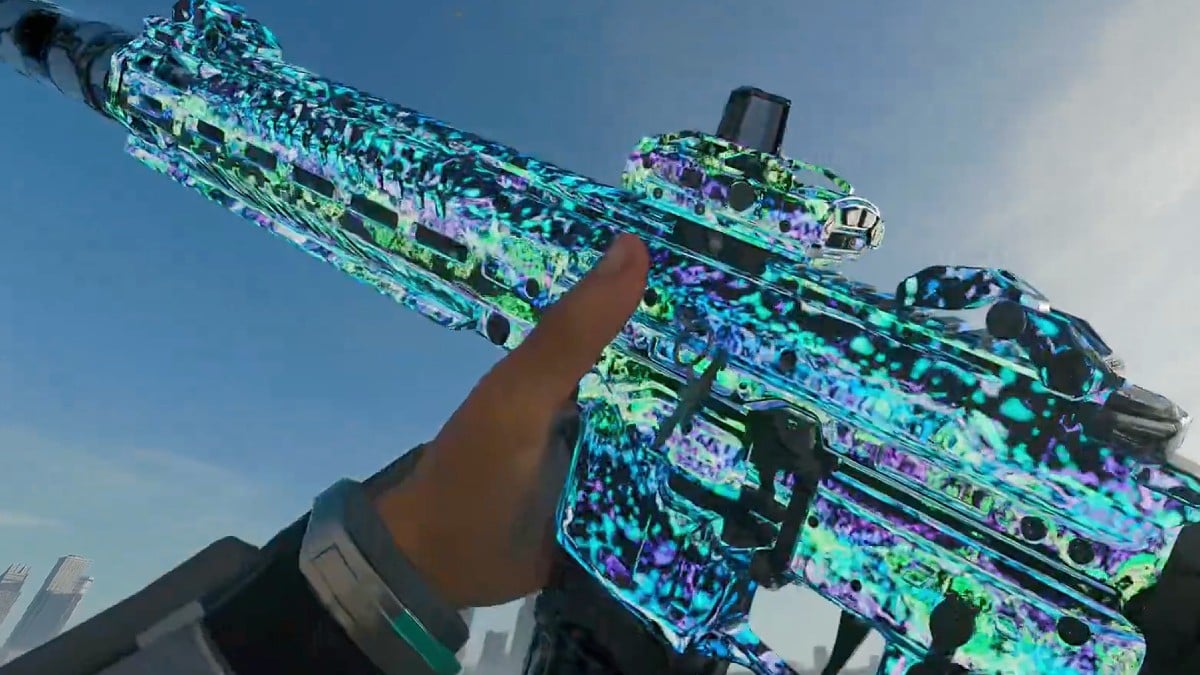
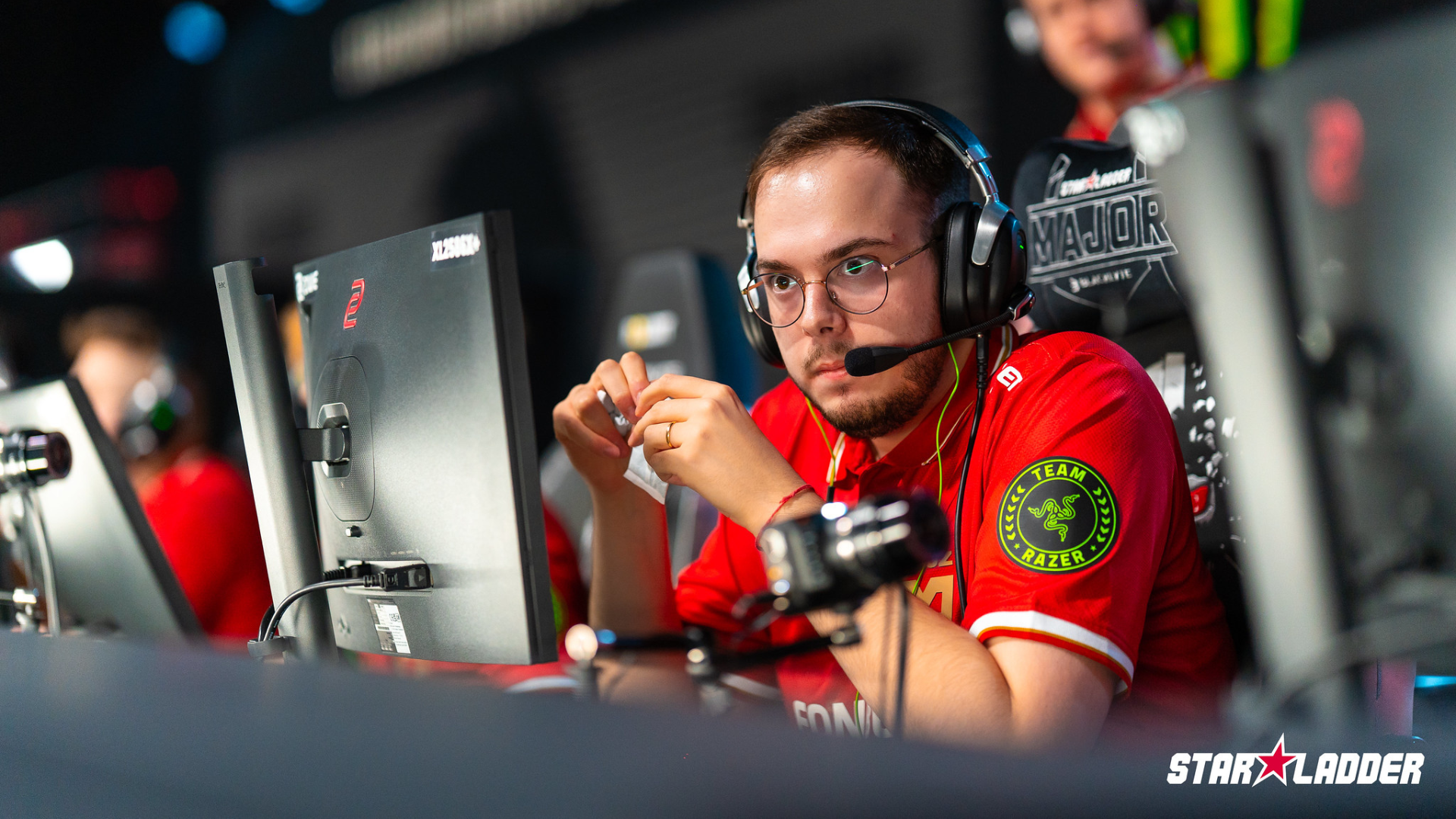
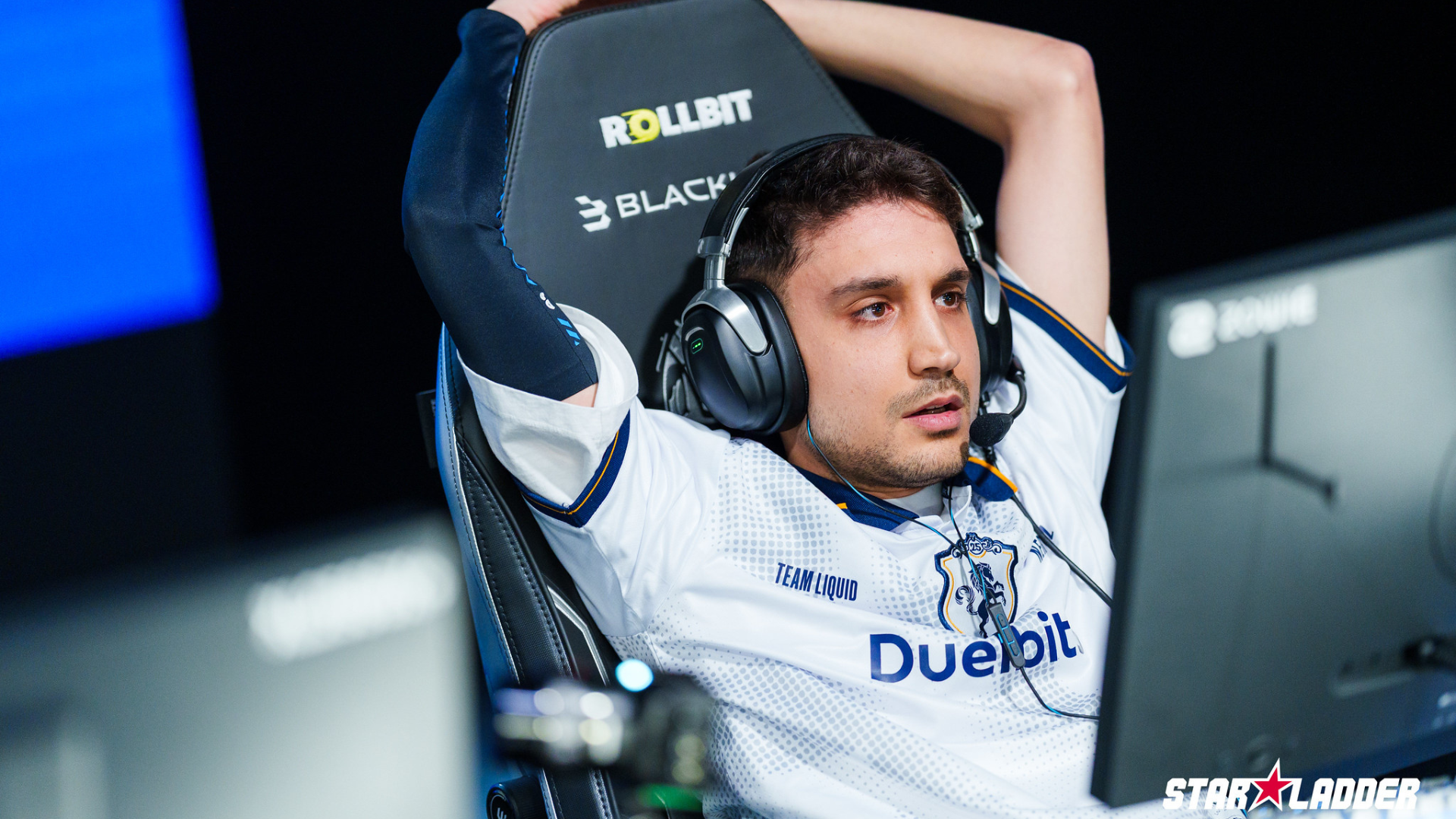
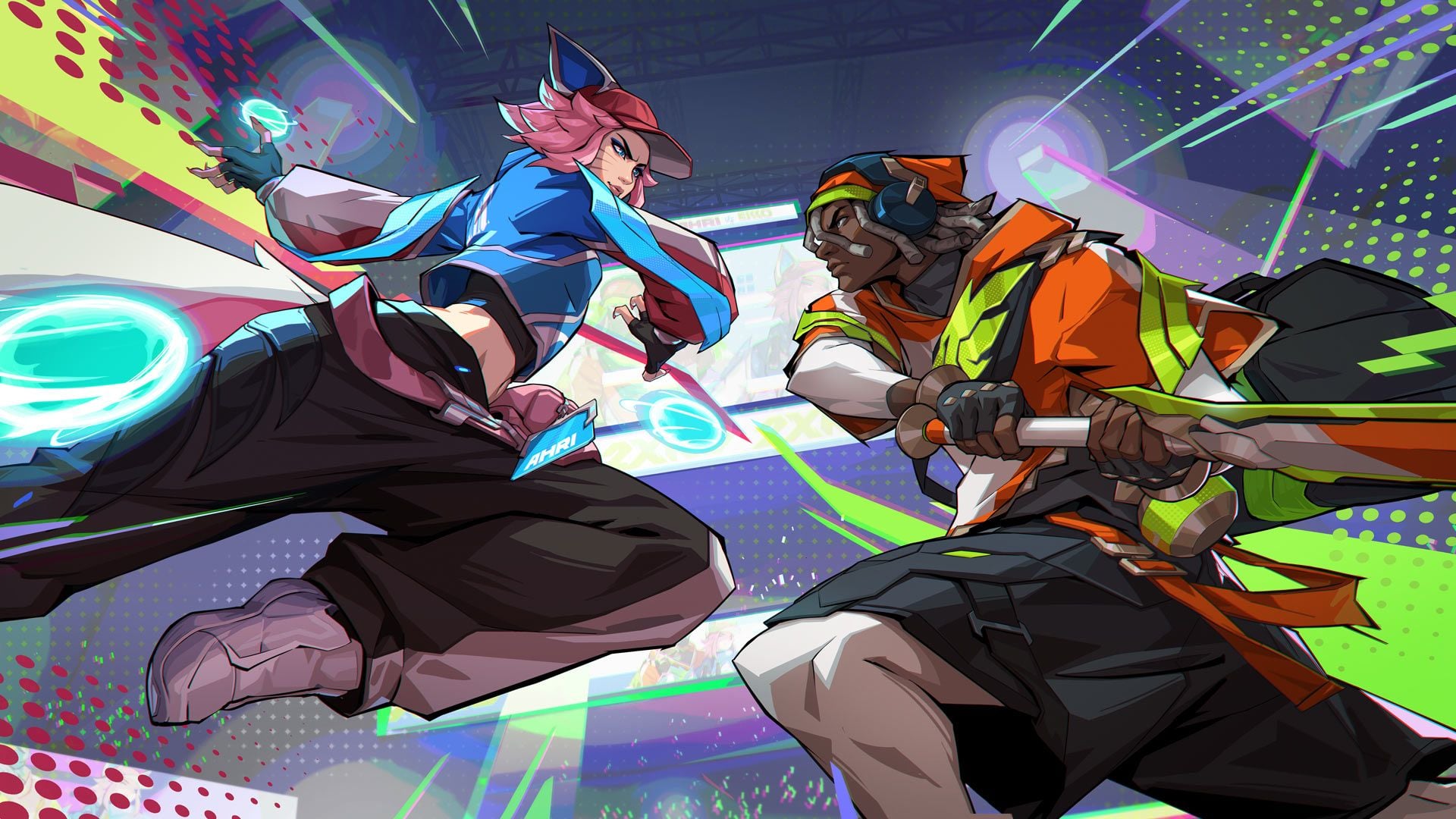
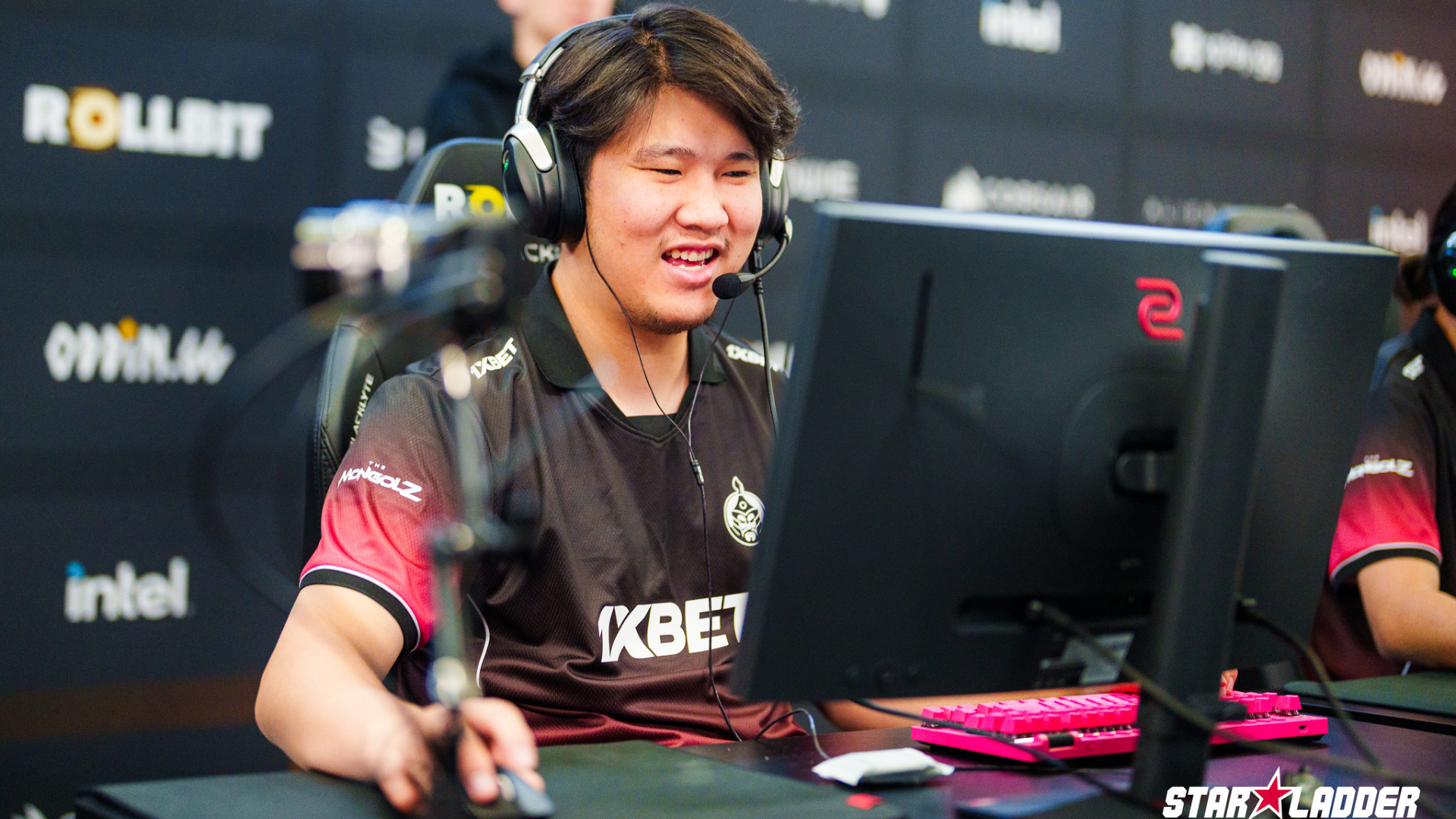

Published: Jun 25, 2025 08:19 am